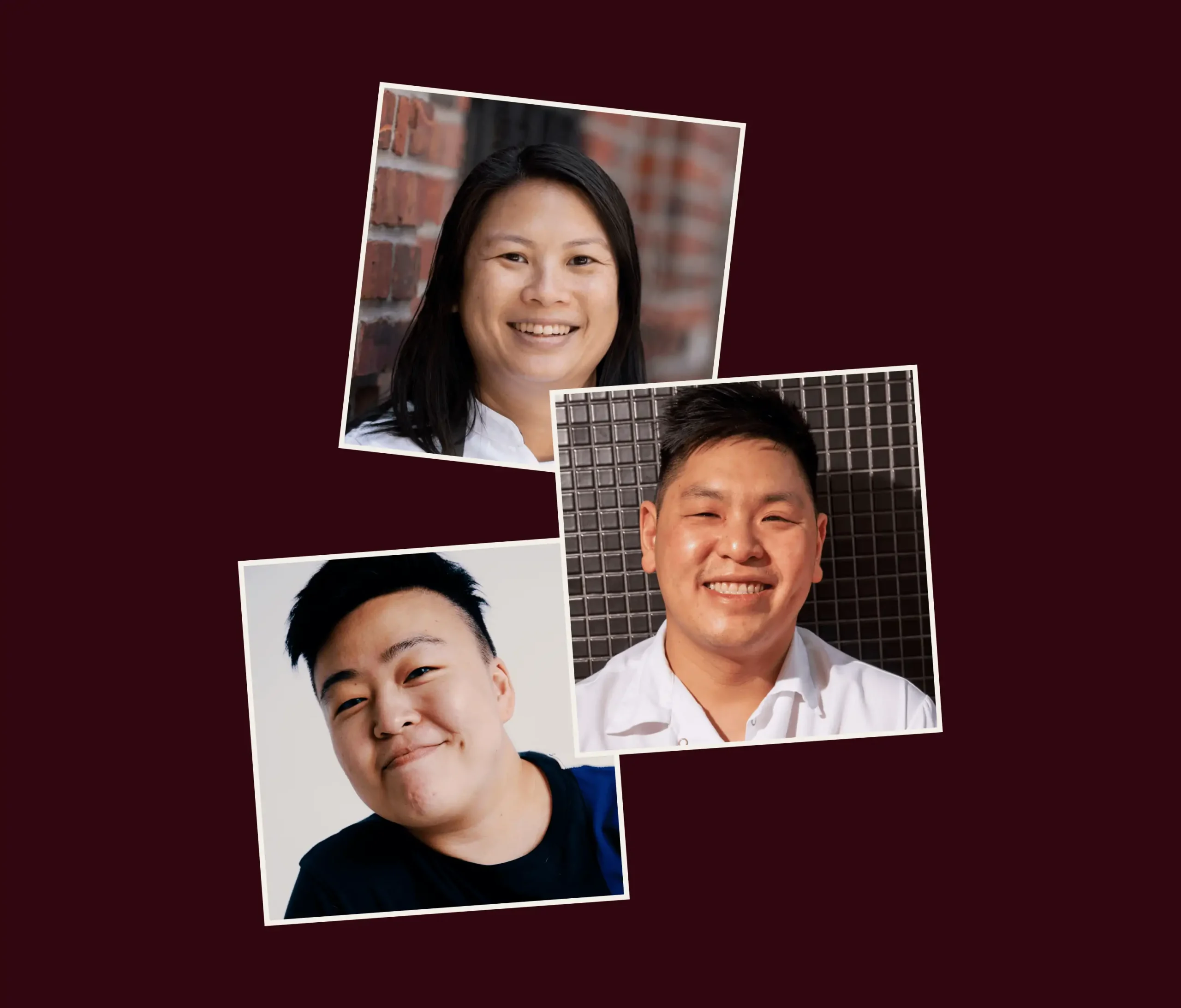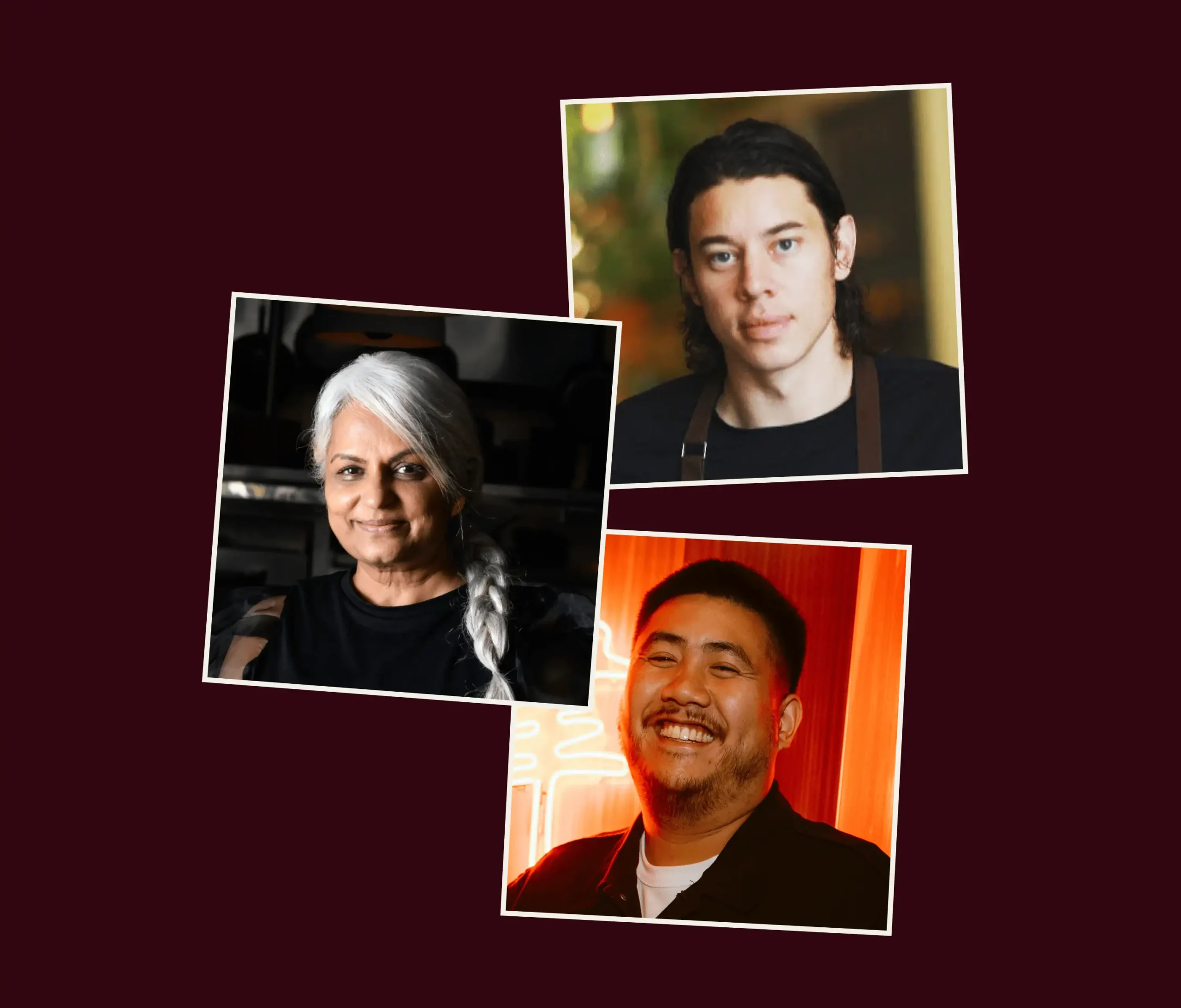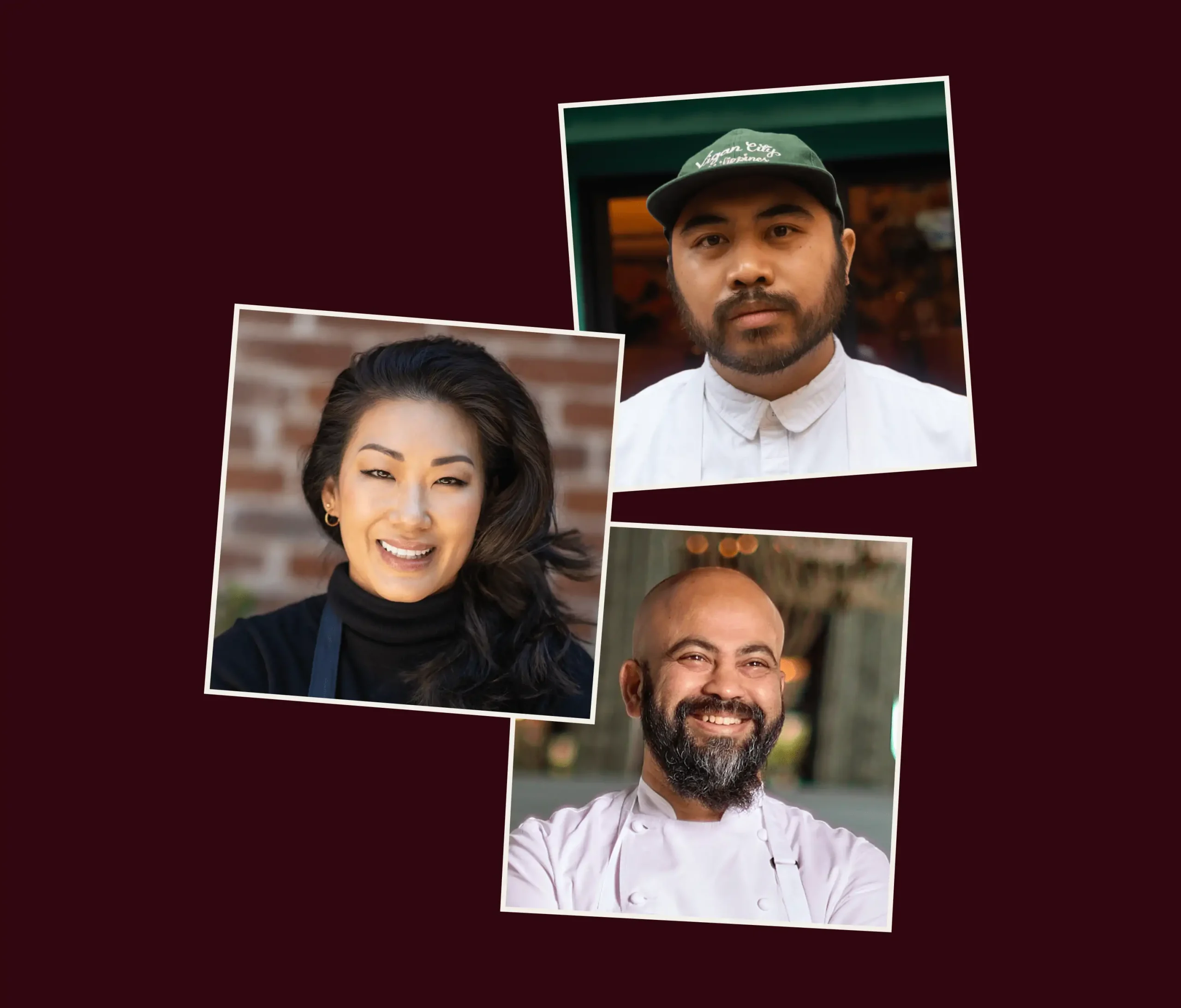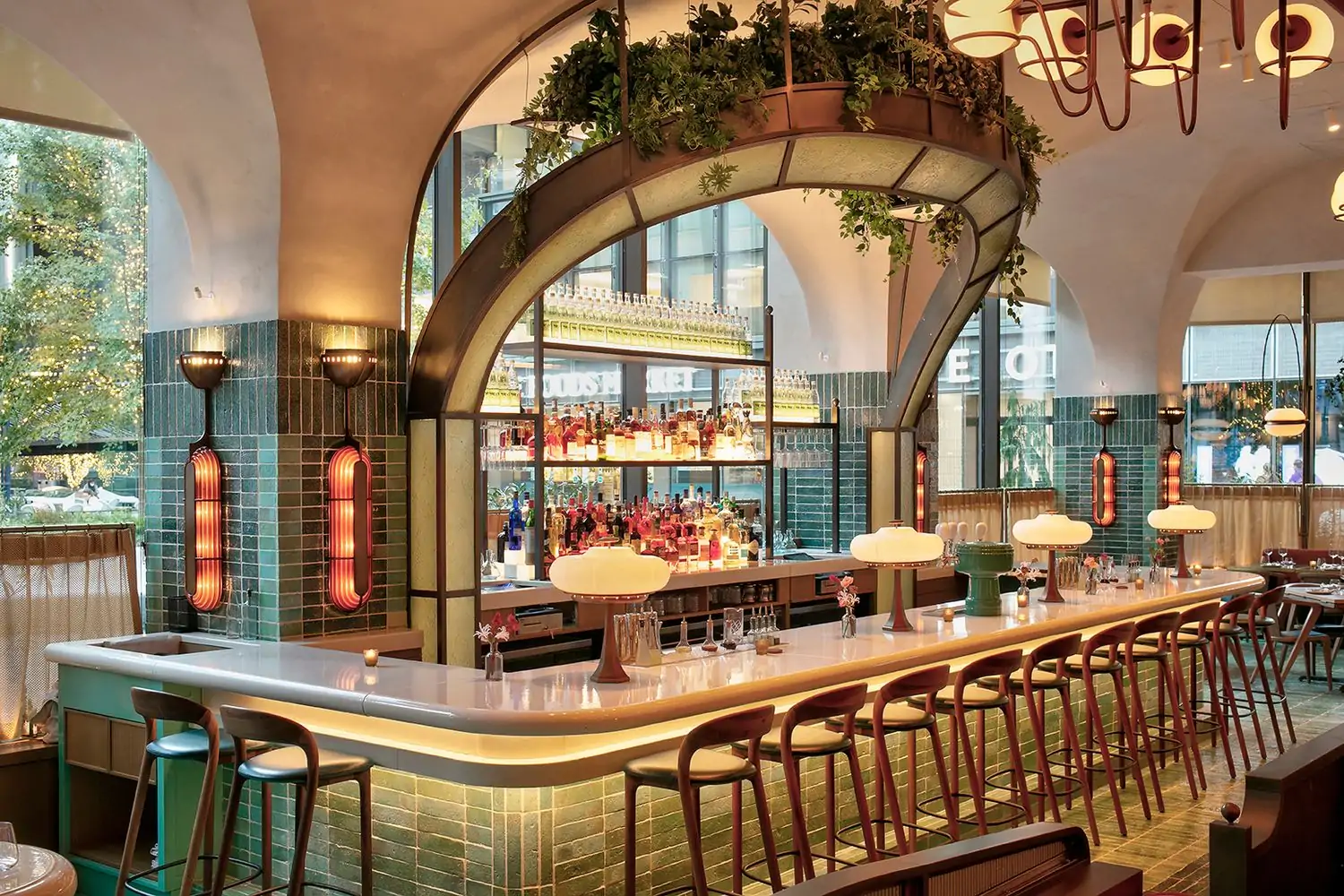With Asian Pacific Islander (API) Heritage Month just around the corner, it’s a great time to look at some of the most exciting API chefs working around the country right now. In November, OpenTable partnered with Gold House—an organization dedicated to amplifying API voices—to spotlight these chefs with the first-ever Gold Chef Prize.
Nine semifinalists made the cut from New York, LA, and SF, before that list was whittled down to a finalist from each city and a winner—Katianna Hong of LA’s acclaimed Yangban—who will now cook for the coveted A100 gathering of API leaders in May.
But before we get to the dinner, let’s spend some time with the semifinalists and the finalist right here in NYC.
A Queens chef who used his family’s restaurant to create a viral fried chicken dish, a chef in Williamsburg paying homage to the city’s rich history of Chino Latino restaurants, and a Malaysian immigrant who’s been sharing the food she grew up eating with New Yorkers for nearly a decade—these three chefs are part of why the API dining scene in New York is so thrilling.
Read on to learn about their favorite dishes, who inspires them, their dream dinner party line-up, and more.
Finalist: Christine Lau, chef, Chino Grande (Williamsburg)
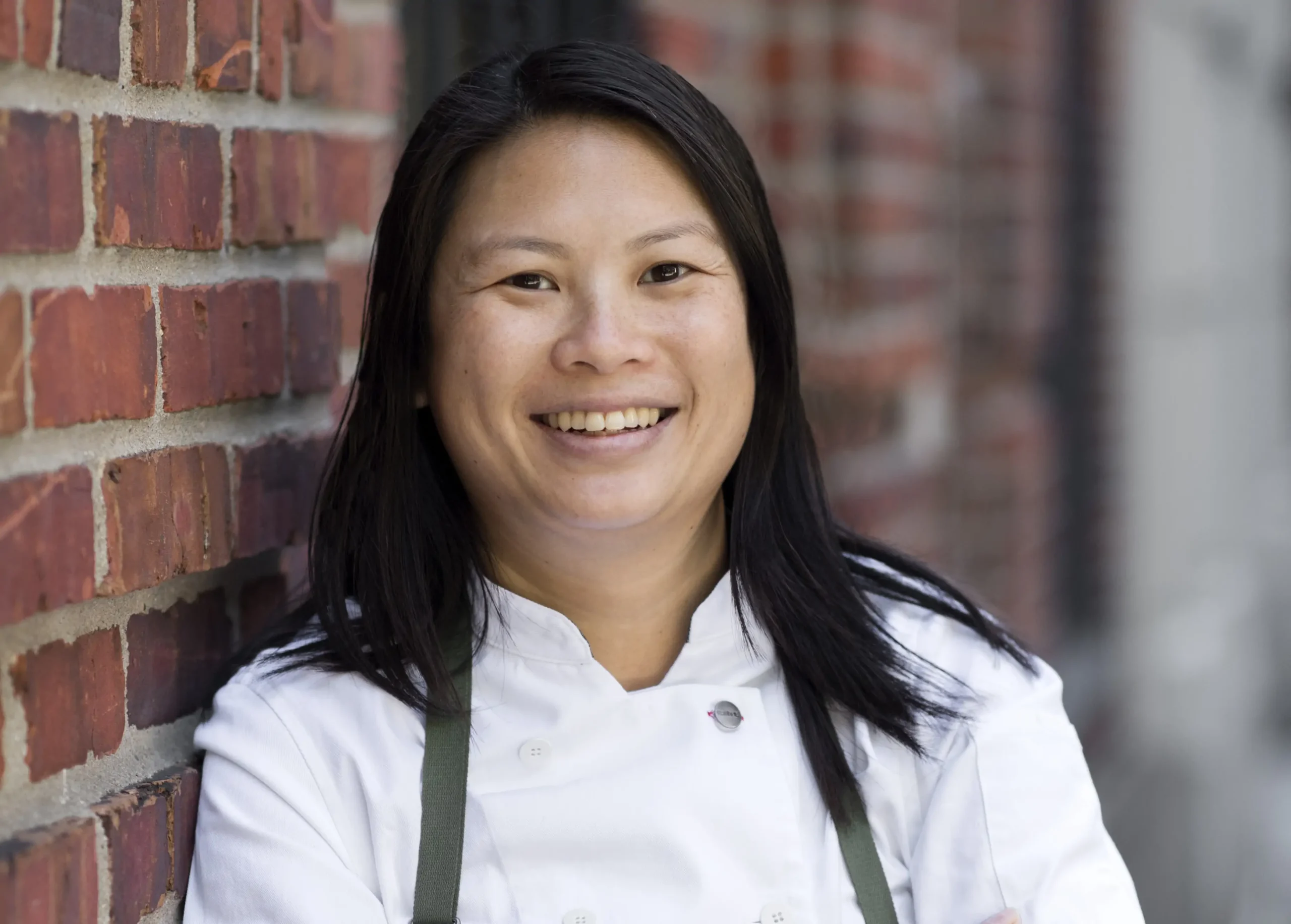
Lau had already made a name for herself at popular NYC restaurants Bar Chuko Izakaya and Kimika, but for her latest project, Lau and her team decided to pay tribute to a vital part of the city’s dining scene: Chino Latino restaurants. Waves of Chinese immigrants to South America, followed by the United States, shaped this cuisine, and at Chino Grande you’ll find riffs on classics like fried rice dish arroz chaufa.
What dish on your menu do you have a soft spot for?
Christine Lau: My little soft-spot dish is the twice-cooked chicharrón de cerdo with leeks, shishitos, and fermented chili paste. It’s a dish that combines the chicharrones you find in cuchifritos stands, and it honors the Hong Kong clay pot pork my mom used to make for us at home growing up. It speaks to the Chino Latino menus of the ’60s and ’70s I am honoring. In a nutshell, this dish represents my food philosophy which is all about connecting dots between different cultures.
What do you want your legacy to be?
I hope it is that I helped define what Chinese American food means in this country. I hope I can be a part of that conversation, not only about what Chinese American means, but on a bigger scale about the Asian American diaspora. I hope we can see the differences and similarities in our backgrounds and use that philosophy of connecting dots to start a conversation.
What are your three favorite Asian Pacific restaurants in the city right now?
Cheli on St Marks in the East Village has some of the best executed Chinese food that I have had. I also love Mắm, which is a Vietnamese restaurant on the Lower East Side in Chinatown. Gerald [Head] and his wife Nhung [Dao Head] are pushing the envelope and bringing a snapshot of Vietnam to America. His fried tofu is some of the best I have ever had.
Wu’s Wonton King encapsulates all the traditional Cantonese-style cooking I grew up eating, and [is] doing a great job of bringing non-Chinese people to an area of Chinatown, and exposing people to large-table dinners centered around a lazy susan, and the format of Chinese multi-course banquet dining.
Eric Huang, chef and owner, Pecking House (Park Slope)
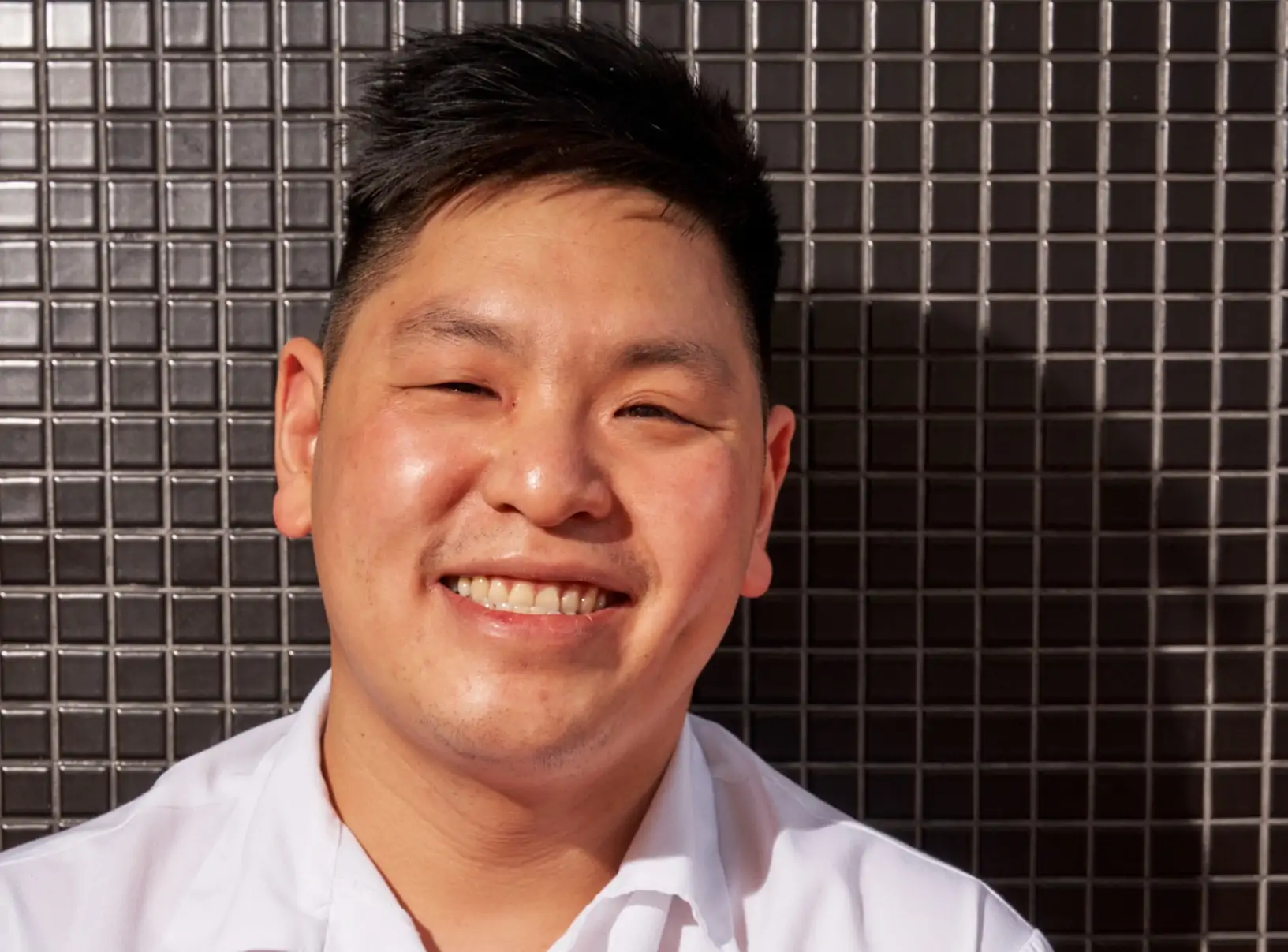
When the pandemic hit, chef Eric Huang attracted a 10,000-person wait list at the fried chicken pop-up he operated out of his family’s then-closed restaurant Peking House in Queens. Luckily for us all, the beloved fried chicken is now always on the menu at Pecking House, the permanent outpost of his pop-up that opened in Park Slope in 2022.
What dish on your menu do you have a soft spot for and why?
Eric Huang: Our chili fried chicken is what started it all and is really what is dear to me. We came up with this dish to save my family’s restaurant in Queens during the pandemic. My parents came here from Taiwan and owned it for 40 years and we said goodbye to it in December of 2021. But the chicken lives on at Pecking House. It is a true Asian American dish, combining both Western and Chinese techniques: marinating the chicken in buttermilk, but adding the Chinese elements of five spice powder, chili oil, and duck fat.
Who in the industry inspires you and why?
Anybody who is trying to do better in terms of the way we treat staff and making the industry a better place for workers inspires me. I am thinking of Geoff Davis, a chef [at Burdell] in Oakland. He is really trying to educate people about how the industry works. He wants to have important conversations about food made by people of color and is asking people to examine their biases in restaurants.
Who is in your dream dinner party lineup?
I am not really a big celebrity person, but it would be fascinating to have Barack Obama, Bernie Sanders, and AOC [Alexandria Ocasio-Cortez]. I’d like to talk with three different generations and have an unfiltered conversation about how to go about improving things in our country.
Kyo Pang, chef and owner, Kopitiam (Lower East Side)
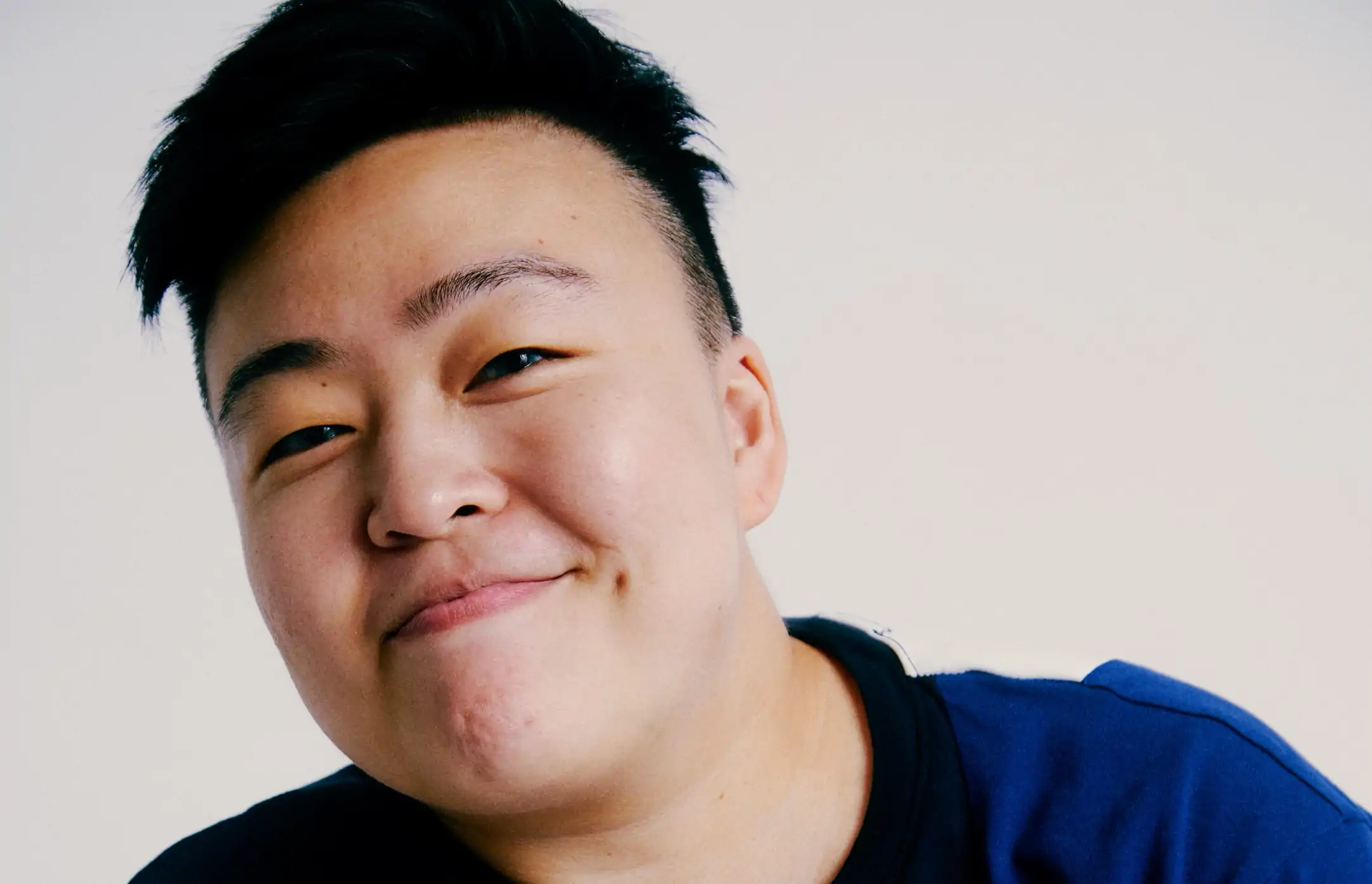
Few restaurants in New York will let you get fully immersed into Baba Nyonya culture or Peranakan cuisine, which came to be after Chinese people settled in Malaysia between the 15th and 17th centuries.
Kopitiam is one such rare gem, and it’s because chef and owner Kyo Pang (Eater NY’s 2018 chef of the year) has been proudly sharing her heritage with New Yorkers for nearly a decade. She grew up making hand-torn noodles with her grandmother and helped run her father’s coffee-shop-turned restaurant in Penang, Malaysia.
Her restaurant is very much a reflection of those experiences. You’ll find piping-hot cups of Malaysian pulled coffee with condensed milk, a version of the anchovy noodle soup Pang made with her grandmother, and fluffy oyster omelets. Plus, you’ll get to eat it all in a cozy Lower East Side cafe and feel like you’re being transported to Pang’s father’s restaurants in Malaysia.
Pang could not be reached for comment.
Known for her pioneering food blog, The Strong Buzz, Andrea Strong has been writing about restaurants, chefs, and life around the table for the past 25 years for publications such as The New York Times, Fast Company, Food & Wine, New York magazine, Eater, and more. She lives, eats, and loads and unloads the dishwasher in Brooklyn. Follow her on Instagram @strongbuzz_.

